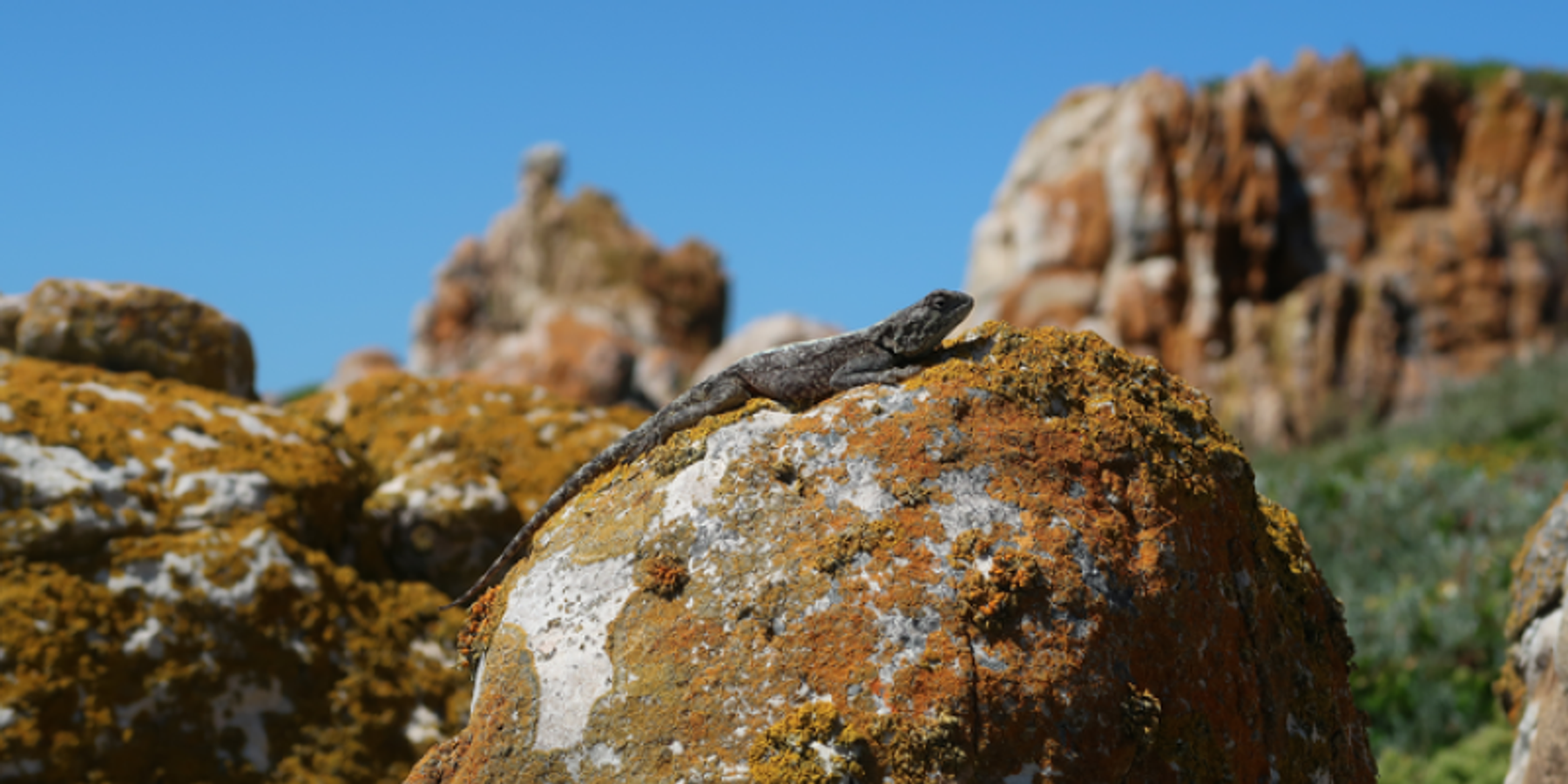Beating the Heat: Opening the Climate Change Forecasting Toolbox
Researchers have made several proposals on how to improve the current, widely adopted thermal vulnerability index

It is not easy to predict how animals—from insects to fish—are going to respond to climate change and especially extremes of temperature. This lack of understanding hinders our ability to predict the vulnerability of these animals to climate change.
“We need to continuously improve our ability to predict and mitigate the effects of climate change. One of the ways we can do this is by gaining a better understanding of how animals respond to climate change, and incorporating any relevant information into risk metrics,” says Dr. Susana Clusella-Trullas, a climate change scientist in the Department of Botany and Zoology at Stellenbosch University (SU).
She leads a team of scientists from SU and the University of Melbourne in Australia, and together they have made several proposals on how to improve the current, widely adopted thermal vulnerability index in a recent publication in the high profile journal Trends in Ecology and Evolution.
She says that forecasting the vulnerability of species to climate change requires the right tools for the job and knowing which tools to apply in a specific situation is a challenging enterprise.
The current vulnerability indices are based on the direct influence of climate variables, mostly temperature, on the performance of organisms: “They measure the extent to which performance limits, such as the temperatures at which locomotion or growth can no longer be sustained, are likely to be approached or exceeded with climate warming. Managers and practitioners need to be able to quickly grasp the potential pros and cons of the main approaches to inferring climate change risks. With the right tools and indices of climate change vulnerability, this will allow them to make better decisions, mitigate undesirable impacts, and plan accordingly for the conservation of threatened species,” she explains.
Yet there remains great debate and little consensus on how best to go about achieving this and the diverse array of metrics and approaches available can be overwhelming. Knowing which tools to select, when to use them, and what interpretations can be made, is not straightforward and can lead to confusion in the scientific literature, which in turn trickles back to public uncertainty and slows down effective policy-making.
The team of authors argue that there are many implicit and often untested biases in current thermal indices designed to measure climate change vulnerability. These biases extend across how the thermal landscape is characterized to quantify environmental stress experienced by animals and how they respond, from a behavioral or physiological viewpoint, to more frequent and severe warming.
“It is very hard to devise a test of vulnerability in a laboratory test tube that accurately reflects what happens in nature where animals can adapt to a stress,” says professor Ary Hoffmann from the University of Melbourne. “Yet we often make conclusions about vulnerability based on such assessments.” Their paper further goes on to describe approaches to validate vulnerability index applications and discusses key issues to be considered in further developing these indices.
- This press release was originally published on the Stellenbosch University website

